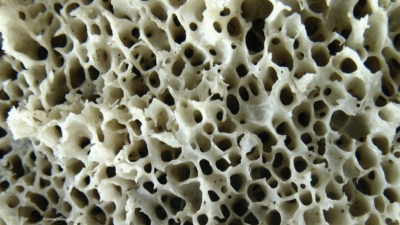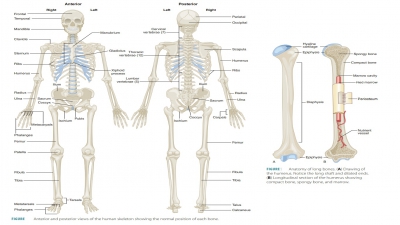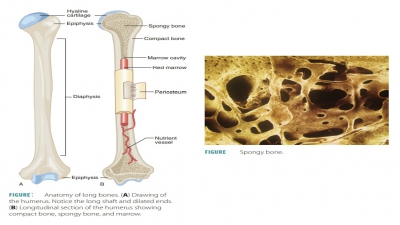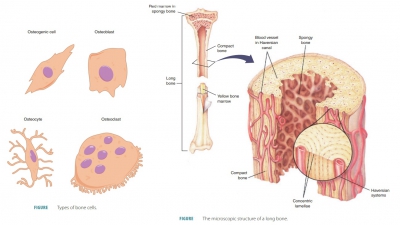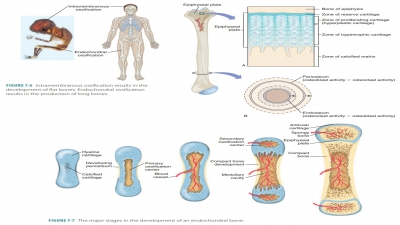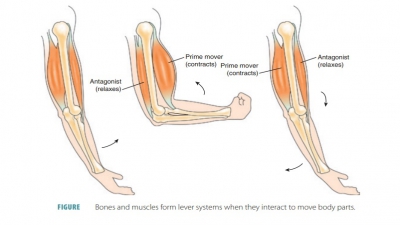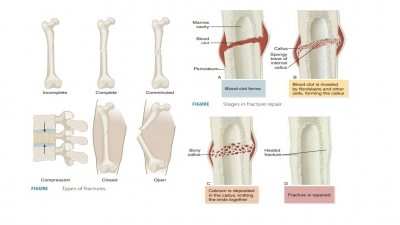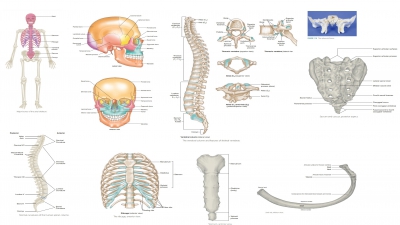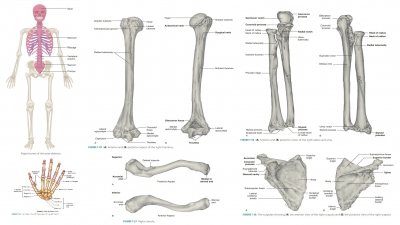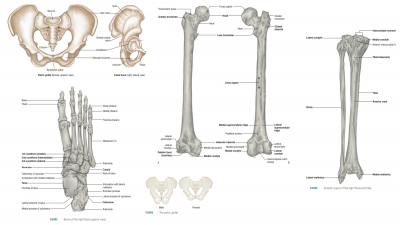Chemical Composition of Bone
| Home | | Anatomy and Physiology | | Anatomy and Physiology Health Education (APHE) |Chapter: Anatomy and Physiology for Health Professionals: Support and Movement: Bone Tissues and the Skeletal System
Bone is made up of both organic and inorganic components. The organic components include osteoid and bone cells. The inorganic components are mineral salts.
Chemical
Composition of Bone
Bone is made up of both organic
and inorganic components. The organic components include osteoid and bone
cells. The inorganic components are mineral salts. When both types of components
exist in proper amounts, bones are very strong and durable, but are not
brittle.
Organic Components
Organic
components of bones include
osteogenic cells, osteoblasts, bone lining cells, osteocytes,
osteo-clasts, and osteoid. Nearly
one-third of the matrix is made up of the osteoid. The osteoid includes
proteo-glycans and glycoproteins (making up its ground sub-stance) and collagen
fibers; both the ground substance and the collagen fibers are made and secreted
by osteoblasts. Collagen is the greater contributor to the structure of bones
and to their flexibility and tensile strength. Sacrificial bonds inside or between collagen molecules appear to
aid in bone resilience. Because they can stretch and break easily when
impacted, energy is exhausted. This helps to avoid an actual bone fracture.
Most sacrificial bonds reform when trauma is discontinued, over time.
Inorganic Components
The inorganic
components of bone are made up of hydroxyapatites or mineral salts, which make up 65% of the bone mass. Mostly made of
calcium phosphates, these components are needle-shaped crystals packed tightly
in and around the collagen fibers of the extracellular matrix. They are
responsi-ble for bone hardness and the ability of bone to resist compression.
Combined with organic components of bone, inorganic components provide strength
while keeping bones from becoming brittle. Healthy bones may be more easily
compressed when they are able to resist tension. They are as strong as steel in
resisting tension. Mineral salts in bones enable them to retain their mass even
after death, for many years. The long bones of a cadaver still display
horizontal growth arrest lines, giving a visible proof of certain illnesses.
Related Topics

